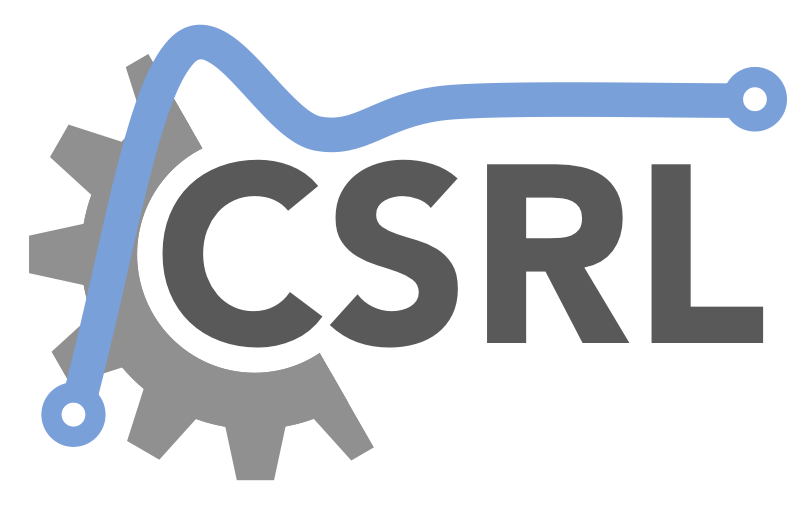Autonomous Robotic Vehicles
9th Semester
The scientific-technological area of autonomous robotic systems is recognized worldwide as a dynamically “emerging” area of enormous economic and social importance. In the context of the course, the students will come into contact with the subject in such a way that they will be able to understand the function but also to design and develop simple such robots. The course material includes, among others:
- Presentation of characteristics of animated robotic systems.
- Analysis – design of movement (Locomotion):
- Introduction
- Pivotal points of traffic issues
- Walking robots : Forms, stability, dynamics, Examples.
- Wheeled robots : Geometry, wheel design, Maneuverability, Controllability, Typical examples.
- Flying robots. Forms.
- Kinematic analysis of intepid robots.
- Kinetic representation.
- Models and constraints.
- Wheel kinematics : Standard fixed wheel, swivel (steer) wheel, castor wheel, omnidirectional wheel, spherical wheel. “Space” of the robot’s movement. Degrees of freedom. Full name and non-robot.
- Perception.
- Special sensors.
- Special topics in machine vision. GPS. Use of visual information for “area/space” recognition.
- The localization problem.
- Odometry.
- The noise problem.
- Restrictions.
- Maps – Representation.
- Map-based positioning.
- Positioning based on landmarks or routes.
- Beacon systems for positioning.
- Simultaneous Positioning and Mapping (SLAM).
- Motion planning and navigation.
- Motion planning with the help of “dynamic field”.
- Avoid obstacles.
- Control to navigate to target.
- Report presentation of “emerging” technologies of autonomous systems.
- Autonomous cars etc.
Required knowledge: Robotics I, Microcontroller Technology and Applications, Automatic Control Systems, Sensors and Measurement Systems, Advanced Programming, Actuators for Mechatronic Systems.
